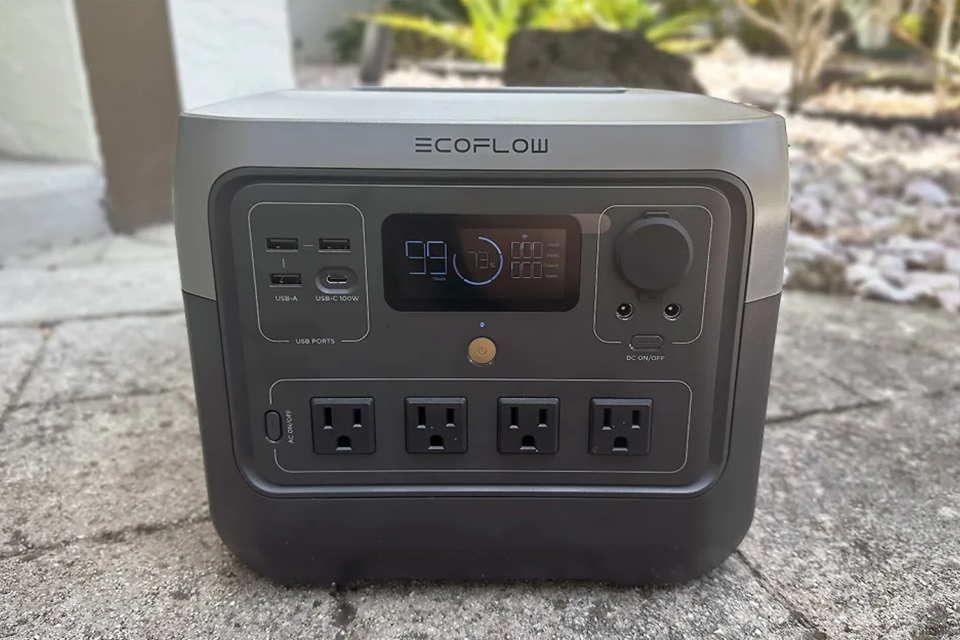DC generators are essential devices that convert mechanical energy into direct current electricity. They must be regularly inspected, cleaned, and lubricated to ensure proper operation and longevity.
These machines use the principle of electromagnetic induction – whenever a change occurs in the magnetic flux linking a conductor, an electromotive force is induced. They also rely on a commutator to ensure current flows in one direction.
Table of Contents
Choosing A Vendor
The vendor selection process is a critical business function that should be taken seriously. Choosing a company with the right experience and reputation for customer service is essential. You can do this by asking people you can trust for references. Often, these are fellow Chamber of Commerce members or people in your professional associations who have used the vendor and can provide a good indication of how they work.
It is also essential to weigh the cost against the quality of the product. You want to be something other than penny-wise and pound-foolish.
Once you have a list of potential vendors, schedule a practical evaluation and demonstration relevant to the product you are looking for. This will prevent miscommunication and help you select the right vendor. Ensure the contractor will work with your county or state to secure the proper permits. Finally, be sure the generator will be located in a location that complies with local code requirements, such as minimum clearances from houses and flammable materials.
Choosing A Location
The next step is choosing and preparing a location for the generator. Since these machines are permanently installed outside your home, they need to be in a stable area that is not prone to flooding or mudslides. The site should also be clear of any objects that could obstruct or prevent the installation equipment from functioning correctly. This is especially important because generators produce carbon monoxide emissions, which are harmful to humans if not ventilated adequately.
A qualified DC generator installation provider can guide you through the pre-planning phase. They will help you select a spot for the generator and ensure it is appropriately set up. For example, they will make sure that the generator is located at least 18 inches away from any opening in your home, such as windows or doors, and five feet away from combustible materials. In addition, the generator should be no closer than 36 inches to electric and gas meters or air conditioning units.
Choosing A Power Source
When choosing a generator, the first step is determining the power you need. This is done by listing all the appliances and systems you want to run during an outage. This includes HVAC systems, refrigerators, lighting, and more. Considering each appliance’s starting (or surge) and running wattage is essential. For example, electric motors use up to three times their nominal power at start-up.
Then, you need to know what size generator to get. There are several ways to do this, including adding up the wattage of all your equipment. You can also look for a label on the back or inside each appliance that provides the wattage information.
An electrician can add a subpanel and unique inlet to your home to connect the generator. This allows you to switch the generator on with a switch and shut it off when average power returns.
Choosing A Technician
In addition to technical expertise, technicians should have an excellent working knowledge of your business’s culture and values. To help you make this determination, you should find out the location where the technician attended school, their employment status, and their level of seniority.
A DC generator is an electrical device that transforms mechanical energy into direct current electricity. This conversion is based on the production principle of dynamically induced EMF in a loop, with one coil side producing EMF in one direction and the other generating EMF in the opposite direction.
The machine uses a commutator to convert the alternating EMF into DC voltage. A commutator comprises wedge-shaped copper segments that are insulated from each other with mica sheets. Each segment is connected to the armature windings and the exterior load circuit via brushes. These brushes are made of carbon or graphite materials and must be seated properly on the commutator to remove electricity. A spring behind each brush forces it to contact the commutator and ensure proper seating.




